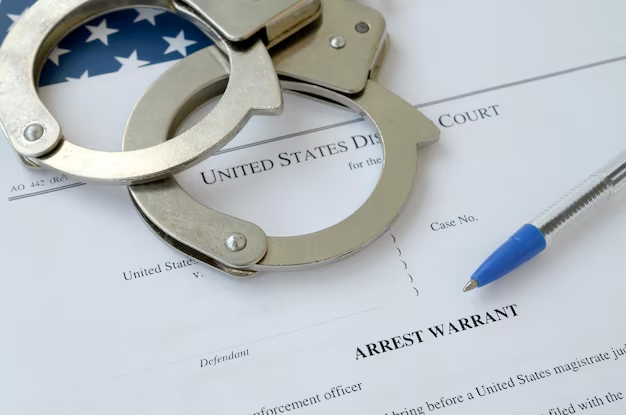Reporting Fraud to Social Security: What You Need to Know
Identifying and reporting fraud to the Social Security Administration (SSA) is vital to protecting yourself and others from deception and preserving the integrity of our government aid programs. Whether it's unauthorized use of your Social Security number, false claims of benefits, or suspected misuse, here is a straightforward guide on how to report these incidents.
Steps to Report Social Security Fraud
Recognize the Signs
Understanding what constitutes social security fraud is the first step. Fraud may include:
- Identity theft: Someone using your Social Security number without permission.
- False statements: Lying about information to receive benefits.
- Misuse of benefits: Someone using a beneficiary’s payments for personal use.
- Scam calls or phishing: Scammers pretending to be SSA officials.
Report Online or by Phone
The SSA provides several ways to report suspected fraud:
- Online Reporting: Visit the Office of the Inspector General (OIG) website where you can file a report securely and anonymously. This method is fast and straightforward.
- Phone Reporting: Call the SSA’s fraud hotline at 1-800-269-0271 between 10 a.m. and 4 p.m. Eastern Time. For TTY, call 1-866-501-2101.
When providing information, be ready to submit any details you have about the incident, such as names, dates, and the specific nature of the suspected fraud.
Protect Yourself Against Scams
While reporting fraud is critical, protecting yourself from becoming a victim is equally important. Always be cautious and:
- Do not give personal information to unknown callers or individuals.
- Verify any message or call by contacting SSA directly if it seems suspicious.
Beyond Fraud Reporting: Exploring Government Aid Programs
While focusing on fraud is essential, it's also useful to explore the positive aspects of government aid programs, which are designed to provide much-needed support.
Financial Assistance and Debt Relief
Should you find yourself in need of support, many programs offer help:
- Supplemental Security Income (SSI): Provides financial assistance to aged, blind, or disabled individuals with limited income.
- Debt Relief Options: Various programs are available to help manage or reduce debt, including credit counseling and debt consolidation plans.
Educational Opportunities
Investing in education can be a transformative step. Look into:
- Federal Student Aid: This includes Pell Grants, which do not have to be repaid and are available for undergraduate students.
- Scholarships and Grants: Numerous nonprofit organizations offer grants and scholarships tailored for various circumstances.
Quick Reference: Support Programs and Solutions
- 💰 SSI: Financial support for those in need
- 📞 Fraud Hotline: 1-800-269-0271
- 🎓 Federal Student Aid: Opportunities for educational advancement
- 💡 Debt Relief Programs: Solutions to manage or reduce debt
Being informed and proactive not only helps combat fraud but also opens the door to valuable resources that can enhance financial and educational well-being. By staying vigilant and leveraging these programs, we build a stronger, more supportive community.

Related Topics
- a Social Security Card
- Are People On Social Security Getting $250
- Are Social Security Benefits Taxable
- Are Social Security Benefits Taxable Income
- Are Social Security Benefits Taxed
- Are Social Security Checks Late This Month
- Are Social Security Disability Benefits Taxable
- Are Social Security Earnings Taxable
- Are Social Security Numbers Recycled
- Are Social Security Numbers Reused